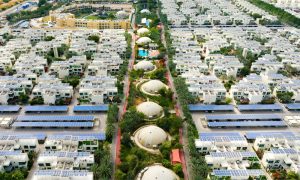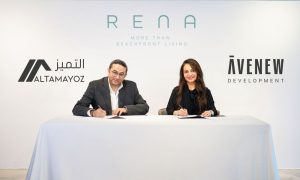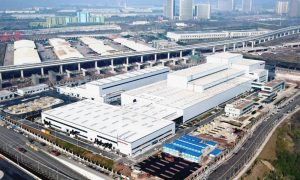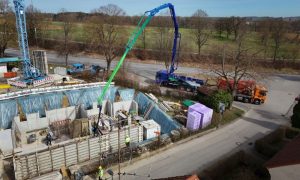Mammoet develops carbon monitoring platform for heavy lifting equipment
The technology, which is expected to increase accuracy of emissions data, is currently in use on a fleet of mobile cranes in Netherlands

Mammoet has developed a new technology platform that reports emissions data from heavy lifting equipment in real time. The system has been introduced so users can accurately predict and monitor carbon output arising from large heavy lifting and transport projects, the firm said.
Up until now, project planners looking to meet increasingly strict emissions regulations have had to rely on estimates of total emissions, drawn from the make and model of equipment involved and how long they have been used.
Mammoet’s new technology is expected to increase the accuracy of this reporting by using data taken directly from the embedded electronics of on-site equipment.
In June 2022, Mammoet said it was using a floating crane to install a bridge for the Red Sea Project.

The system, codenamed DAISY, transmits data over mobile networks from local devices attached to the embedded systems of cranes and SPMT combinations. This can then be accessed from any worldwide location, providing a clear audit trail for governments and other authorities, the company explained.
As a result, organisations will be able to minimise emissions in highly regulated areas such as inner cities, tunnels and indoor facilities. The data can then be analysed to uncover new ways to cut down emissions-driving activity, for example by reducing idling time during projects.
The system is currently in use in the Netherlands, monitoring the carbon emissions of a fleet of mobile cranes. It is planned for rollout across Mammoet projects according to customer demand during 2023.
In late November 2022, Mammoet and Bay Cranes announced a strategic partnership.

“DAISY will be the most advanced system to accurately report CO2, NOx and NH3 emissions at equipment level at the operating location, improving on the generic approach the industry is currently using,” said Jacques Stoof, Head of Innovation at Mammoet,
“Based on the actual reported emissions, clients will be given the option to choose for a more sustainable, less emitting fuel type in order to minimise their emissions footprint during construction,” he added.
In early December 2022, Mammoet said it had completed the installation of the UAE’s three largest gas turbines.






















